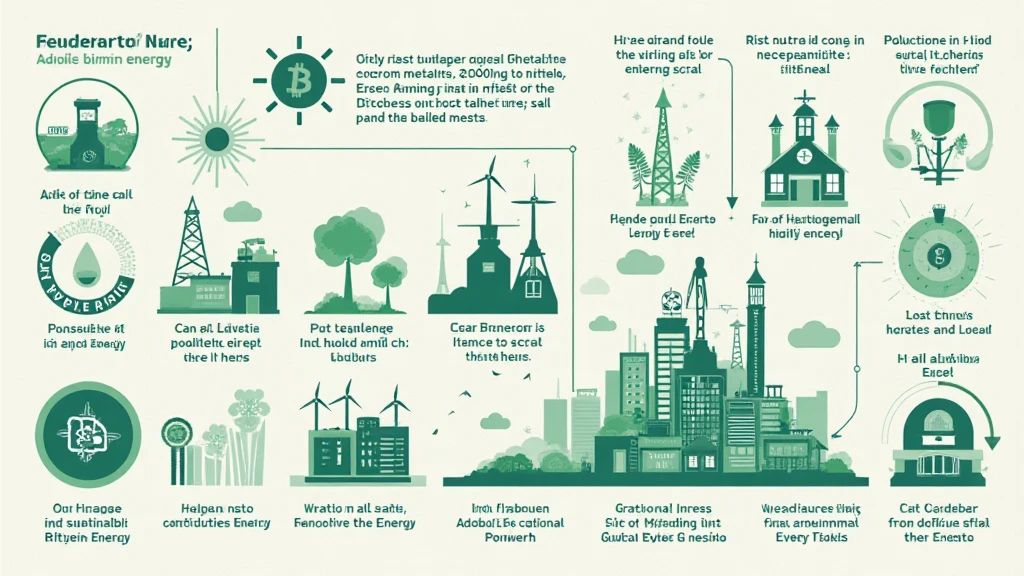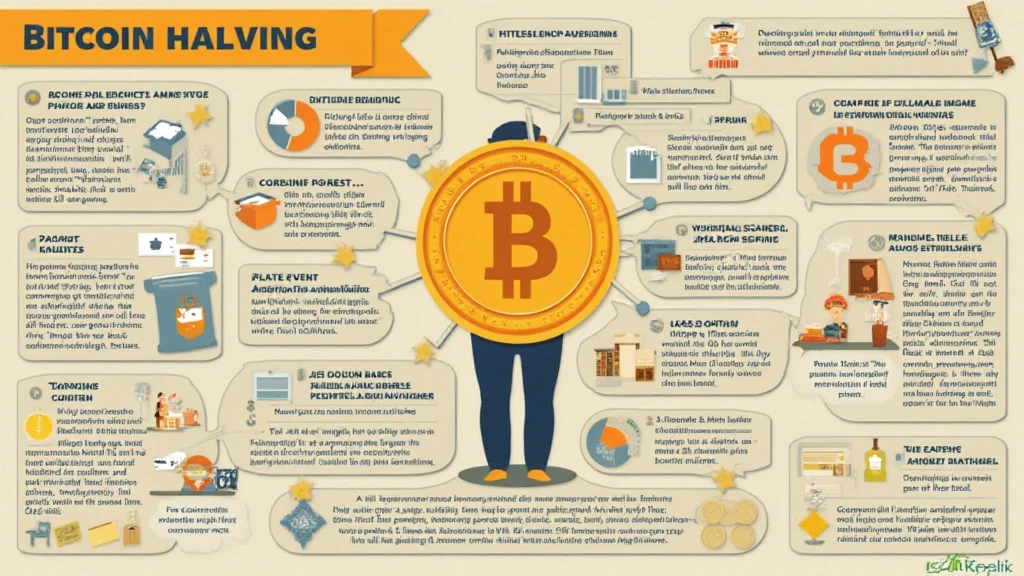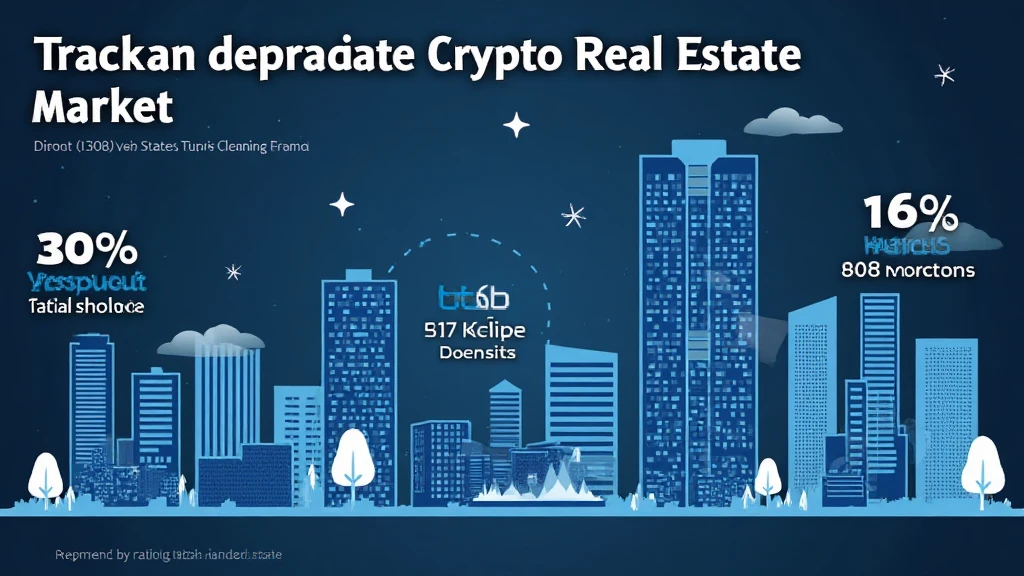Introduction
As of the start of 2024, Bitcoin mining has increasingly come under scrutiny for its energy consumption. According to Hibt.com, the total energy used in the Bitcoin network can be staggering, with estimations soaring around 130 TWh annually. This massive energy requirement brings into question the sustainability of the Bitcoin ecosystem, especially considering the growing global emphasis on renewable energy sources.
In this article, we will explore various Bitcoin mining energy sources, emphasizing renewable options and examining the viability of sustainable practices in the industry. Our goal is to provide insights not only into the existing energy landscape but also into the emerging trends and technologies that are innovating Bitcoin mining.
Understanding Bitcoin Mining
Bitcoin mining is the process of validating transactions on the Bitcoin blockchain, involving a network of nodes that verify transactions and add them to the blockchain. Miners solve complex mathematical problems that secure the network, and in return, they are rewarded with newly minted Bitcoins.

But what fuels this process? Below we break down the primary energy sources involved in Bitcoin mining:
1. Traditional Energy Sources
- Coal: Historically, a significant amount of Bitcoin mining has been powered by coal. In regions like China, this has raised environmental concerns due to high emissions.
- Natural Gas: Burning natural gas is a cleaner alternative to coal but still contributes to greenhouse gas emissions.
- Nuclear Energy: While controversial, nuclear energy is a low-emission source that some miners are exploring for its potential.
2. Renewable Energy Sources
As the Bitcoin community seeks to address sustainability, renewable energy sources have gained traction:
- Hydroelectric Power: Regions with abundant water resources leverage hydroelectric power for mining, like regions in Canada and Norway.
- Solar Power: Solar technology has become increasingly affordable, leading many miners to adopt solar panels to power their operations.
- Wind Energy: Harnessing wind power is another sustainable solution being explored. The scalability and potential for wind farms make them appealing both economically and environmentally.
The Case for Sustainable Practices
The movement towards sustainable energy sources in Bitcoin mining is not just an ethical choice but also an economic one. As countries around the globe, including Vietnam, experience notable increases in renewable energy investments, the potential for aligning Bitcoin mining with these initiatives is ripe.
According to recent data, Vietnam’s user growth in blockchain technology has surged, leading to more interest in mining operations adopting sustainable practices. To prove this point, the table below outlines Bitcoin mining’s energy consumption over the years:
| Year | Energy Consumption (TWh) | Percentage from Renewables |
|---|---|---|
| 2020 | 58.0 | 40% |
| 2022 | 76.0 | 52% |
| 2024 | 130.0 | 65% |
Comparative Analysis: Energy Sources
To paint a clearer picture, let’s make a comparative analysis of each energy source used in Bitcoin mining:
Environmental Impact
- Coal: High emissions and significant environmental degradation.
- Natural Gas: Moderate emissions; however, methane leaks can exacerbate climate issues.
- Nuclear: Low-emission but involves waste disposal challenges.
- Hydroelectric: Minimal emissions; impact on aquatic life must be considered.
- Solar: Renewable and low-impact but requires consideration of land use.
- Wind: Renewable and low-impact but faces challenges with intermittency.
Economic Viability
- Coal is often the cheapest but comes with significant external environmental costs.
- Nuclear starts with high initial capital costs but offers lower long-term operational costs.
- Hydroelectric and solar may require substantial upfront investment yet provide long-term benefits through sustainability.
The Future of Bitcoin Mining in Vietnam
Vietnam is positioned to become a pivotal player in the Bitcoin mining landscape, fueled by its burgeoning energy sector. As of early 2024, renewable energy sources account for approximately 25% of the energy consumed, making a significant case for flipping mainstream mining energy sources in this market.
More miners in Vietnam are investing in renewable resources, as government incentives boost growth in the sector. The intent is to see a considerable decrease in reliance on fossil fuels while laying down a more sustainable future for Bitcoin mining.
Conclusion
As we stand at the crossroads of digital currency innovation and environmental responsibility, Bitcoin mining energy sources are being re-evaluated. The shift towards sustainable practices is no longer an option but an imperative. How we adapt our energy sources will determine the long-term viability of Bitcoin and its network.
It’s evident that with the right investments in renewable energy, Bitcoin mining can evolve into a more sustainable practice that aligns with global goals for energy efficiency and carbon footprint reduction. As Vietnam represents a growing market, the hope is that we can set a precedent for others in the industry to follow.
For more insights on Bitcoin and its ecosystem, visit mycryptodictionary.
Authored by Dr. Alex Chen, a recognized blockchain technology researcher with over 20 published articles and extensive experience leading audits for top-tier crypto projects.





